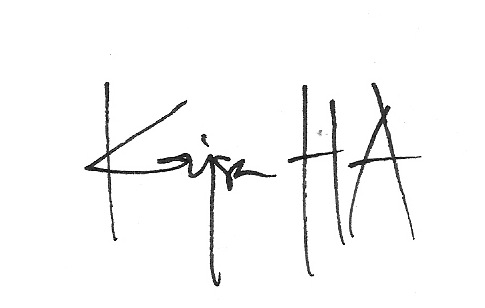> What is more urban than buildings?
What is more urban than buildings?
Let me start the born-again blog with posting something on Ghanaian architecture or more precisely things to think about when building your house in the tropics.
Currently, there is a building boom in Ghana and virtually every other person seems to be building a house. Cement prices just hit the roof (see this article) and this coming weekend Ghana’s first ever (?) home improvement fair is taking place. Also,this is a topic that just recently has started to interest me, I guess with the opportunity of one day building my own house in Ghana drawing nearer…
First of all, lets think about the property/land you need to acquire. Fortunately, the blog Makola Law has done a checklist on what to think about here.
Second, there are ways to build a house that is environmentally friendly, cost effective and automatically cool. Forget expensive and unhealthy ACs! Check out the inspiring and sometimes surprisingly simple tips for tropical design at Aedhotep Developments. Just to give you an example of something easy to do:
Plant tall trees on the east and west sides of the house to shade walls
Other options include using a new technique to build, such as the one provided by ItalConstruct in Ghana which uses polystyrene sheets and iron mesh to create a house that imitates a cooling box! See a video on the technique here.
Third, when you have a plot and a sustainable structure…what makes a house Ghanaian? Is it Kente style design of the exterior that I wrote on here? Or adinkra symbols like a friend has incorporated in his home exterior? Is it a compound style design like the traditional Ghanaian houses? It is using Ghanaian materials like bamboo and clay bricks? Using African architects? Or is just any house in Ghana a Ghanaian house?
Picture of a, in my view lovely, Ghanaian contemporary designed house courtesy of Aedhotep Developments.



